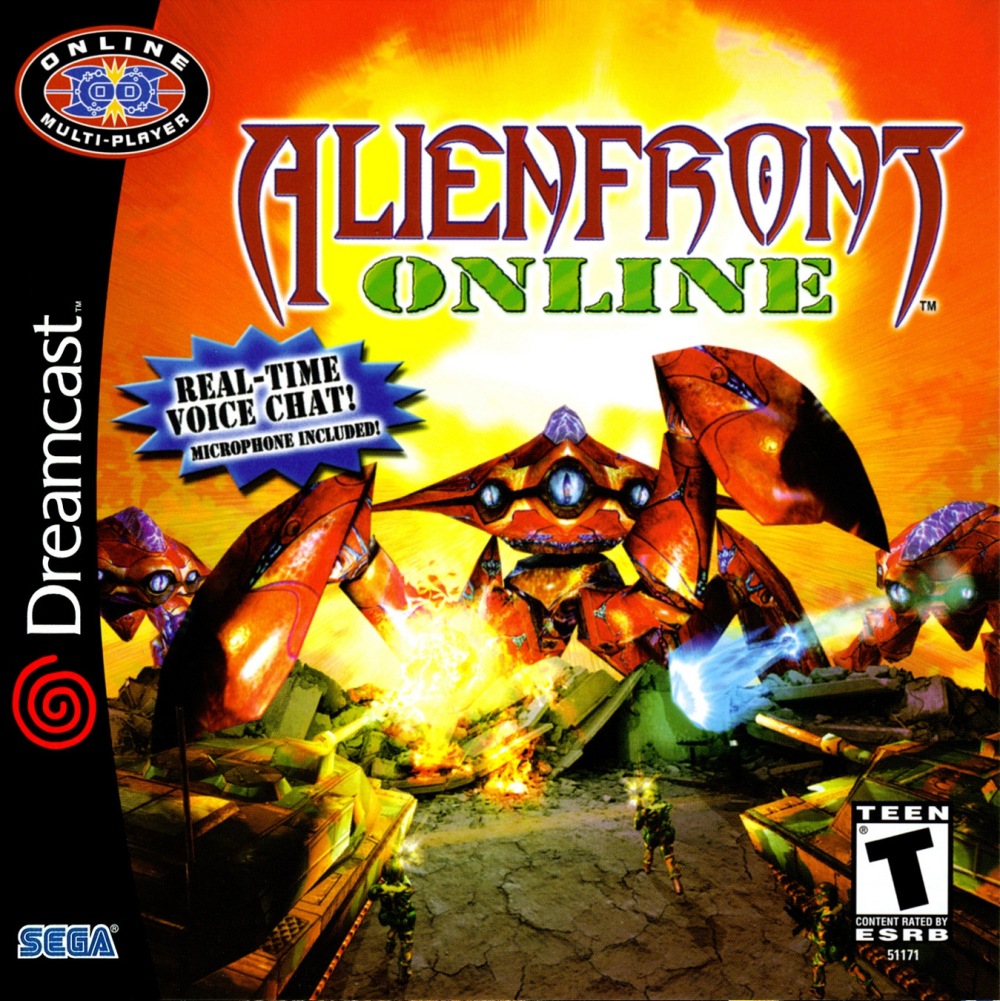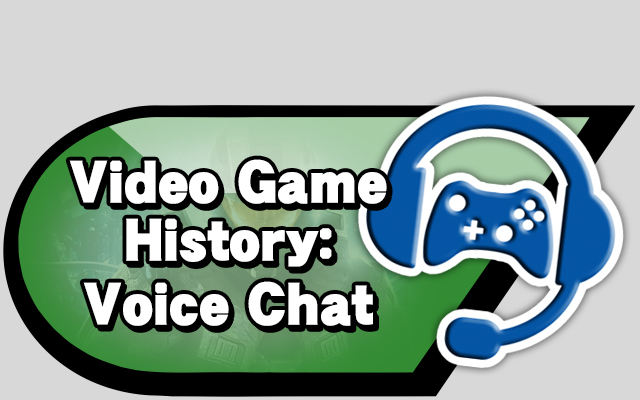Nintendo’s voice chat solution for the Switch is, to put it lightly, divisive. Using an external app, as opposed to having voice chat be a native feature, strikes many as odd. It is, after all, the industry standard. Even the much maligned Wii U had voice chat built in, after all! Gamers have been conditioned to expect voice chat as a feature… it’s a given not a bonus. It was not, however, always this way. Let us take this opportunity to look back at voice chat in gaming and perhaps we can see just how we arrived at the point we are at today.
“Voice Chat” is done using VoIP, or “Voice over Internet Protocol.” To put it in simple terms, it is merely the act of transmitting one’s voice in real time from one IP address to another. This technology was first used by the Israeli company VocalTec in 1995. At the time, it was used primarily as a way for individuals to place phone calls from PCs to phones. It quickly found its way into the gaming sphere, however. Games such as Activision’s MechWarrior 2: 31st Century Combat, also released in 1995, included VoIP options for players. Voice chat applications have continued to grow on PC since then, with third party apps such as Dischord, Mumble, TeamSpeak, and Ventrilo often be chosen by gamers over native VoIP options in games.
VoIP on consoles was a little slower to take off. Part of the reason for this is that third party options just were not as viable since game consoles tend to run on a closed system. A larger issue was the lack of online functionality on home consoles throughout the years. True, big game devs had been experimenting with internet functions since the 80’s, but most endeavors never managed to break in a big way. Even the Famicom was even able to go online way back in 1988, for example, but it was never actually used for gaming (although several game prototypes, were, in fact, made).
This would all change in 1999 with the launch of Sega’s final console, the Dreamcast. The Dreamcast marked the beginning of the 6th generation of video game consoles, and while it did not find enough success to halt SEGA’s exit from hardware manufacturing, it was forward thinking in many ways. For example, it was fully online enabled with a blazingly fast 56K modem. Sega’s SegaNet service had 1.55 million registered users just a month after its launch. For comparison’s sake, Xbox Live took 2 years to reach that number of users. VoIP functions were built into the Dreamcast and users could chat via the browser. More importantly to this article, though, were the handful of games that implemented voice chat.

Alienfront Online is the first game on the system to really use voice chat in the way we have come to expect. It is an online vehicular combat game. Really, the biggest difference between voice chat in this game and in modern games is that it was done with a mic and not with a headset. The headset (as a standard on consoles) would be introduced by Sony when they introduced their network adaptor for the PS2 in 2001. Microsoft would follow suit with the launch of Xbox Live on the original Xbox in 2002. The Xbox was the first mainstream system to launch with a built in broadband adaptor, and Live would go on to be the blueprint for how online gaming on consoles would be portrayed moving forward. When Xbox Live moved to the Xbox successor, the Xbox 360, we finally saw voice chat approximating what we see in modern day video game systems. Gamers could now chat with both friends and strangers, in and out of games, across multiple games, and all with relative ease.
As with many things, Nintendo marched to its own beat when it came to voice chat. The first Nintendo system to have native voice chat capabilities is actually a handheld. The DS allowed for VoIP with Metroid Prime Hunters in 2006 through the system’s built in Microphone. Several other games on the system also allowed for in game chat. Voice chat made an appearance on the Wii as well through the 2008 peripheral Wii Speak. Unfortunately, Wii Speak was not compatible with most Wii games, including titles such as Mario Kart Wii and Super Smash Bros. Brawl. Nintendo’s Wii U did support voice chat in 2012, although it was not as fully featured as the voice chat on competing systems (or even systems from the previous generation such as the PlayStation 3 and Xbox 360).
….and that brings us to today. The PS4 and Xbox One both offer robust, and built in, VoIP options. The Switch? Not so much. The Nintendo Switch uses a phone App in order to connect players, although the reason for this is not clear. Perhaps it’s to make connecting with friends easier on the go? Maybe it’s because Nintendo wants to keep the underlying UI on the system light and clean. Whatever the case, it was a bold choice. Only time will tell if it will actually prove to be a success.
- Sunsoft is Back! Retro Game Selection (Switch) Review - September 4, 2024
- Spidersaurs (Nintendo Switch) Review - July 23, 2022
- Chrono Cross: The Radical Dreamers Edition (Switch) Review - June 11, 2022










Oh man, Metroid Prime Hunters voice chat brings back some dubiously fond memories for me. I was chatting with a user named Echoes in the GoNintendo IRC chatroom, and we decided to exchange friend codes. The voice chat revealed her as a girl, which was pretty dang cool to 13 year old me. We continued to hit it off while playing, and it ended with her leaving for dinner… but not before asking me if I had a girlfriend.
What followed was a whirlwind romance between my Sylux and her Tracer. We “”dated”” for about three weeks until she vanished from the IRC channel for reasons I will likely never know.
But hey, still a healthier relationship than the the two or three that immediately followed it…